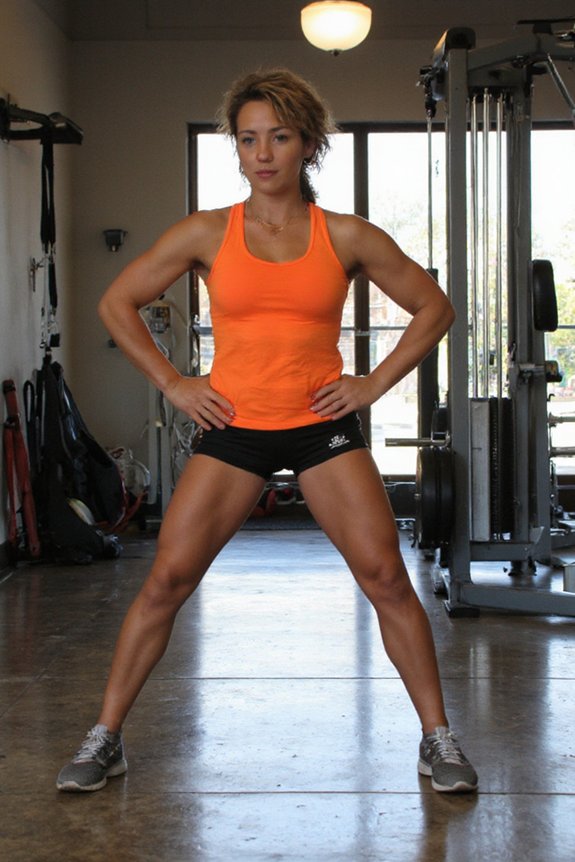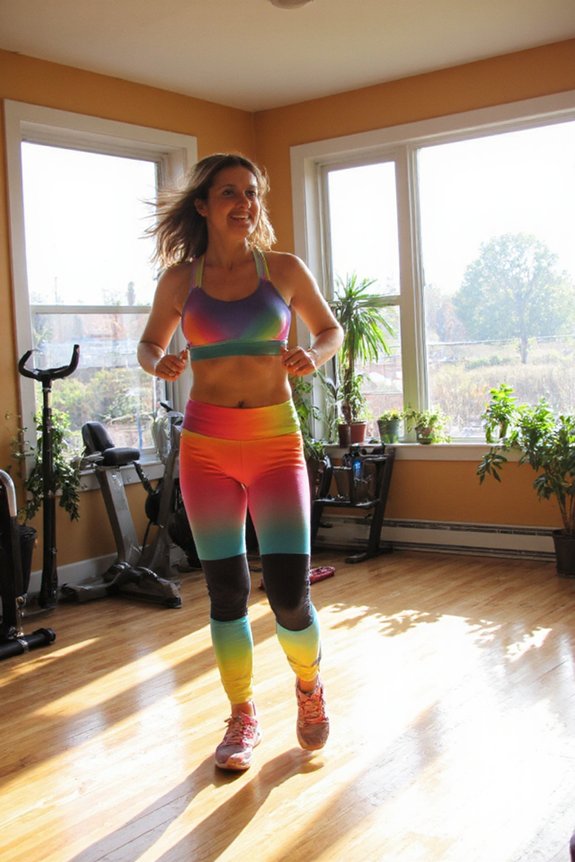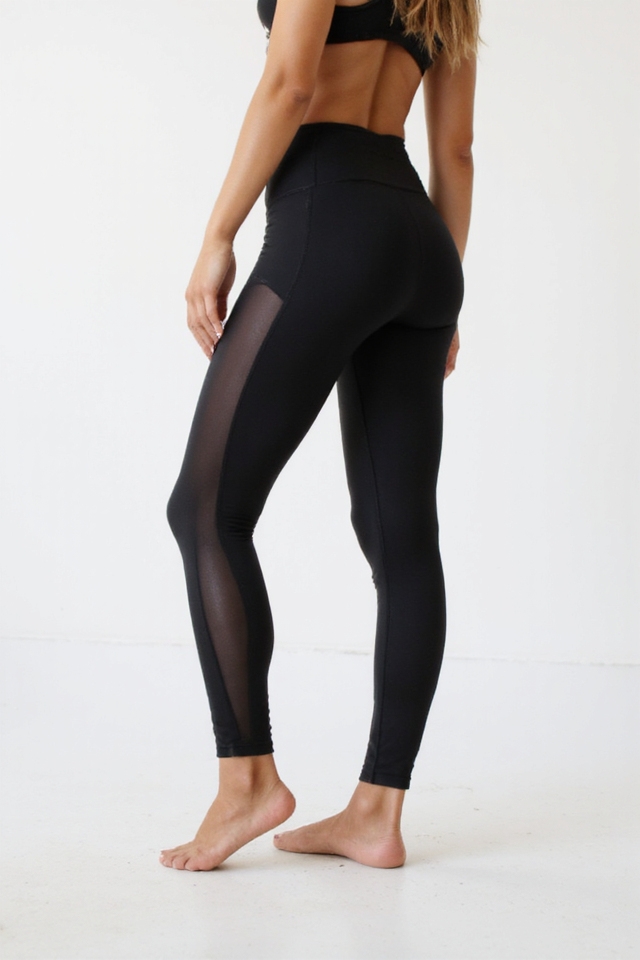When you’ve pushed your body to its limits, it’s easy to overlook the importance of recovery. You might think more effort equals better results, but that’s not the whole story. Incorporating active recovery workouts into your routine can greatly speed up muscle healing and keep you feeling your best. It’s all about finding balance, and these workouts are a perfect way to do just that.
Active recovery plays an essential role in reducing muscle soreness and lactic acid buildup. After an intense workout, your muscles can feel tight and achy, a phenomenon known as delayed onset muscle soreness (DOMS). By engaging in light activities like walking or yoga, you can help decrease that lactic acid accumulation and ease soreness. It’s a simple yet effective way to guarantee you’re not sidelined by discomfort. Additionally, active recovery helps clear blood lactate accumulated during intense exercise, further aiding in muscle recovery. Furthermore, adequate rest is critical for muscle repair and growth, underscoring the importance of balancing active recovery with proper rest days.
Active recovery is vital for alleviating muscle soreness and promoting healing, keeping you ready for your next workout.
In addition to reducing soreness, active recovery enhances blood flow and nutrient delivery. When you get your blood pumping through light exercise, you’re promoting circulation, which aids in removing waste products from your muscles. This process is crucial for muscle repair and growth. You’ll find that by integrating these workouts into your routine, your recovery time shortens, allowing you to bounce back stronger.
Flexibility is another key benefit of active recovery. Regularly engaging in activities like yoga keeps your muscles limber and ready for whatever challenge comes next. Plus, maintaining a consistent exercise routine helps you stay motivated. The risk of burnout—both mentally and physically—drops when you prioritize recovery. You’ll feel more inspired to hit the gym again, instead of dreading the next session.
So, how do you incorporate active recovery into your routine? Aim for one or two sessions per week, depending on how your body feels and the intensity of your workouts. Listen to your body; if you’re feeling particularly sore, opt for something gentle like walking or yoga. Avoiding overexertion is vital for preventing injuries and guaranteeing consistency in your fitness journey.
Incorporating active recovery workouts isn’t just about resting; it’s about actively helping your body heal. Whether you choose swimming, walking, or a light yoga session, you’re taking steps toward a healthier, more balanced approach to fitness. So, embrace the power of active recovery and watch how it transforms your workouts and overall well-being.









